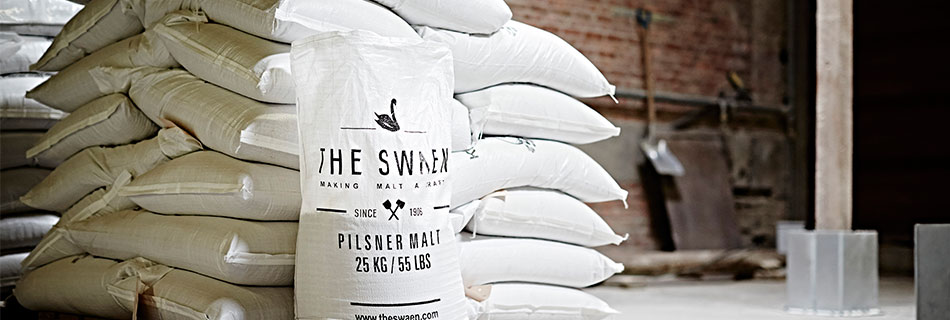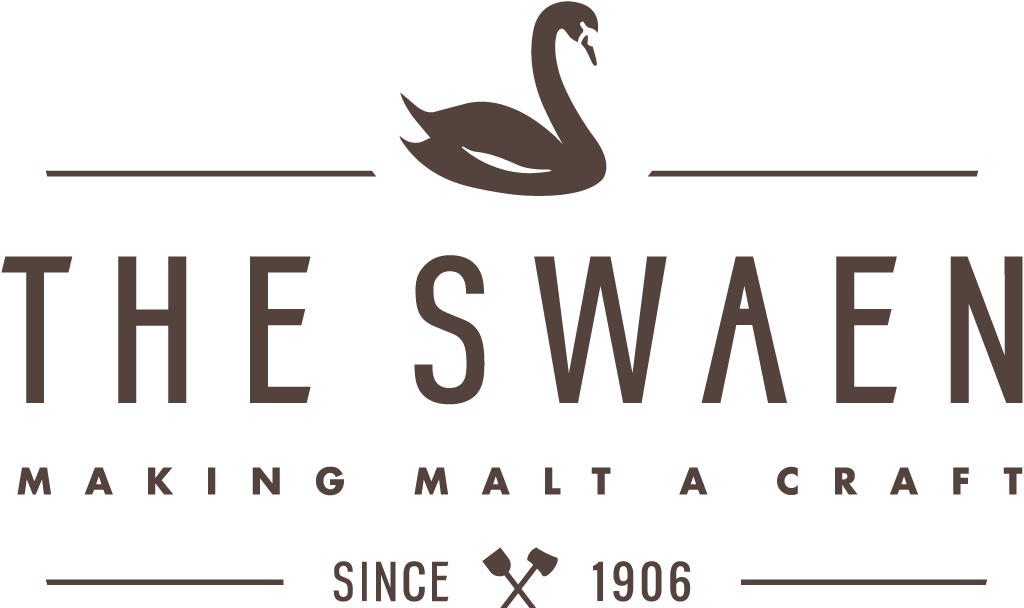Malt retains its enzymatic power for several years when stored correctly. The Swaen ensures a long shelf life through a specialised process. As a result, brewers can always rely on consistent quality. This is your guide on how to store malt.

Drying malt to maintain quality
Once germination ends, green malt must be dried immediately to ensure long-term stability. To prevent spoilage, malt should contain less than 6% moisture. However, all base malts undergo kilning and curing, reducing moisture to between 4% and 4.5%. After storage and bagging, levels never exceed 5%.
Since green malt naturally holds 10% to 12% moisture, further drying is essential. By increasing temperatures, water migrates from the kernel’s core to the surface, where it evaporates. This process locks in freshness and prevents deterioration.
Preventing moisture absorption
Even after drying, malt tends to absorb moisture from the air. This hygroscopic behaviour can impact quality if not controlled. To counteract this, The Swaen stores malt in large silos, exposing only the top layer to air. This method effectively protects against unwanted moisture absorption.
Flat storage is never an option because it allows too much exposure, compromising quality. By keeping malt in silos, The Swaen ensures consistency and stability for brewers worldwide.
Caramel malts require a different process
Unlike base malts, caramel malts follow a unique process. First, green malt saccharifies at 60°C to 80°C. Then, it dries slowly without additional heating to preserve its colour. Because extra heat would alter the shade, this step is carefully controlled.
Moisture content varies between 6% and 8%, depending on the colour (10 to 60 EBC). Once cooled, water forms a chemical bond with the caramel, intensifying both flavour and stability.
Protecting malt from moisture and air
Proper packaging plays a crucial role in preserving malt quality. The Swaen uses special bags with an internal polyethylene layer, preventing the kernel from absorbing excess water. This barrier ensures the malt stays fresh for longer.
After opening a bag, the malt should be used quickly. However, if only a small amount is needed – such as for roasted malts – storing the remainder in an airtight plastic container works best. This method not only prevents moisture absorption but also preserves volatile aroma compounds, keeping caramel and roasted malts at their peak.
Best storage conditions for optimal freshness
To maintain top quality, malt should be stored in a cool, dry, and pest-free environment. The ideal temperature remains below 20ºC (68°F). Depending on the malt type, The Swaen recommends using it within 6 to 18 months of production.
By following these guidelines of how to store malt, brewers can protect their malt, preserve its flavour, and ensure the best possible brewing results.


